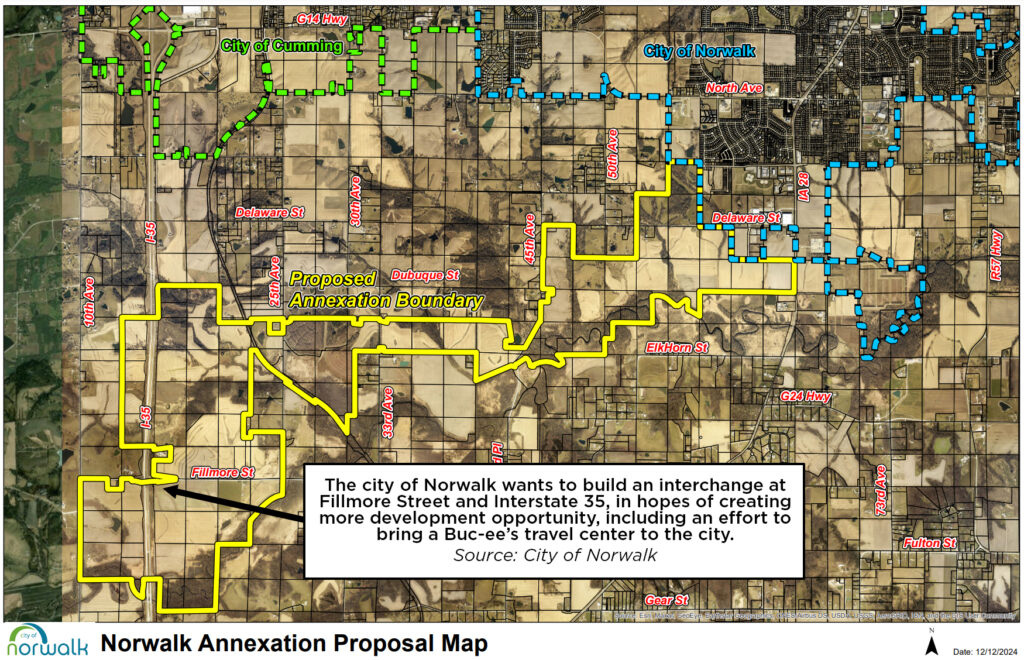2020 Land Trends to Watch

BPC Staff Apr 22, 2020 | 4:25 am
2 min read time
453 wordsBusiness Record Insider, Real Estate and DevelopmentRemember, it’s a cycle
By Jeni Cooper
Vice President of Commercial Real Estate
Bankers Trust Co.
Watching our commercial real estate clients succeed during the rebound post-2008 has been fantastic. Low cap rates and even lower interest rates have created natural positive leverage and reasonable investment returns.
When interest rates continue to remain low and margin is squeezed, bankers tend to shift competitive focus from pricing to loan structure in order to win the deal. For commercial real estate financing, this presents itself with extended periods of interest-only payments, longer amortizations, little to no reserves, higher loan-to-values and limited recourse. These financing structures are great at boosting an investor’s short-term return, but may result in overleveraged property that’s difficult to reposition. It’s important to remember that real estate financing and investing is a long-term game and the cycle will always return. Add to that the pace of technological change and demographic demands, and it seems likely all types of real estate will experience disruption similar to the retail world (although maybe not as severe). Collectively, I hope the Des Moines-area real estate investors and lenders keep the cycles in mind and our local commercial real estate remains well-positioned to weather any storms.
In 10 years, we’ll be looking for ways to redevelop unused parking structures and remodel home garages due to a boom in ride-sharing services and autonomous vehicles. It’ll be easier to call for an auto-Uber than to own your own car. Maybe garages could be transformed into affordable housing, commerce hubs or covered farmers markets.
Internet of things in real estate
By Aimee Staudt
Vice President and Director of Development | Knapp Properties
The internet of ithings (IoT) will become indispensable in real estate. IoT is an infrastructure of technology where devices (light fixtures, electrical outlets, plumbing fixtures, thermostats, etc.) are connected via the internet and integrated for “smart” functions.
From smart metering, smart building automation/systems and predictive maintenance technologies for property management to predictive analytics and beacon technology for real estate asset management and brokerage, to the impacts of smart cars on parking and transit, we will continue to see this technology adopted and expanded throughout our industry. Retailers are creating smart spaces to capture data on their customers and make decisions about store design and merchandising. Manufacturers are using smart technology to monitor their supply chain, impacting the industrial market. We are starting to see beacon technology pushing notifications and listing information to potential homebuyers. The lack of integration and interoperability of devices is preventing business from tapping into the real potential of IoT today. But as the technology evolves, it will become integral to our industry, enabling faster decisions, better utilization of resources and better user experiences.









